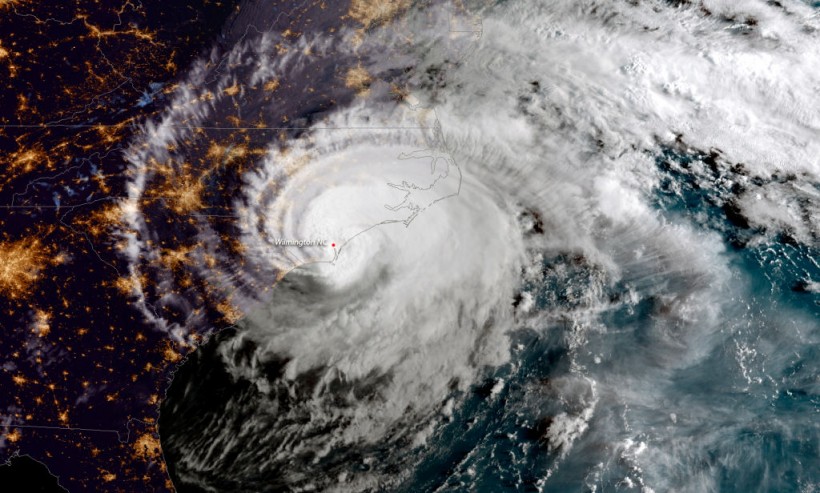Tropical Storm Colin is shifting away from the East Coast of the United States through Sunday, July 3, according to the National Weather Service (NWS).
However, an imminent severe weather threatens Montana, the Great Plains, and possibly other areas; wherein large hail, damaging winds, and tornadoes are possible.
Storm Colin became the third named storm of the 2022 Atlantic hurricane season formed over off the South Carolina coast on the early morning of Saturday, July 2.
Initial weather forecast on Colin suggested it will cause heavy rain and strong winds over the Independence Day weekend.
In addition, it was expected the storm will move slowly through the Carolinas and dissipate by early morning on Monday, July 4.
However, tropical storm conditions were predicted to affect the said areas. While, the storm system is expected to weaken, its renewed impact in the Eastern Seaboard is still possible in the coming days.
Colin formed several hours after Tropical Storm Bonnie made landfall in Nicaragua.
The latter threatens the Caribbean region and all countries in Central America and South America adjacent to it, based on previous warnings made by the National Hurricane Center (NHC).
Tropical Storm Colin

Tropical Storm Colin will traverse from the Southeast US or southern Mid-Atlantic Coast on the remainder of Saturday before moving offshore on Sunday.
In spite of the potential tropical storm disintegration, flash flooding could still transpire in the affected areas, according to the NWS' Weather Prediction Center (WPC) on Saturday.
The New York Times cited warnings from the NWS that the strong winds could damage unattached mobile homes and porches.
Trees are also at risk of breaking and some roads to be impassable due to debris.
The WPC issued its latest short-range forecast which will be valid until Tuesday, July 5.
The weather advisory also includes forecast for severe storms in the country, as well as critical fire weather conditions and heat buildup.
For severe weather, portions of the Pacific Northwest, the Rocky Mountains, and the Southeast could experience isolated flash flooding, severe thunderstorms, and a wet weather.
Also Read: Atlantic System Possible to Become 2022's First Hurricane: Tropical Storm Warnings Issued
Critical Fire Weather
The US weather agency also mentioned the persistence of critical fire weather conditions across the interior Alaska and the Great Basin throughout the weekend.
The said climatic conditions will favor the growth and spread of wildland fires, as it has in other parts of the country in recent months.
In Alaska, the fire weather could fuel the ongoing South Central Alaska wildfires, including its current largest fire called the Lime Complex fire.
The Alaska Interagency Coordination Center (AICC) is reportedly tracking 394 fires across the state.
Hot Weather
Furthermore, the NWS includes in its forecast a heat buildup over the Great Plains, Ohio Valley, Tennessee Valley, and the Great Lakes by Monday.
Above-average temperatures have been forecasted to envelop the said regions during the holiday weekend.
The occurrence of a renewed heat wave or a heat dome, which ravaged the US over recent weeks, is also possible for the coming week.
Related Article: Developing Tropical Disturbance May Bring Some Relief in Some Drought- Stricken Areas
© 2024 NatureWorldNews.com All rights reserved. Do not reproduce without permission.





